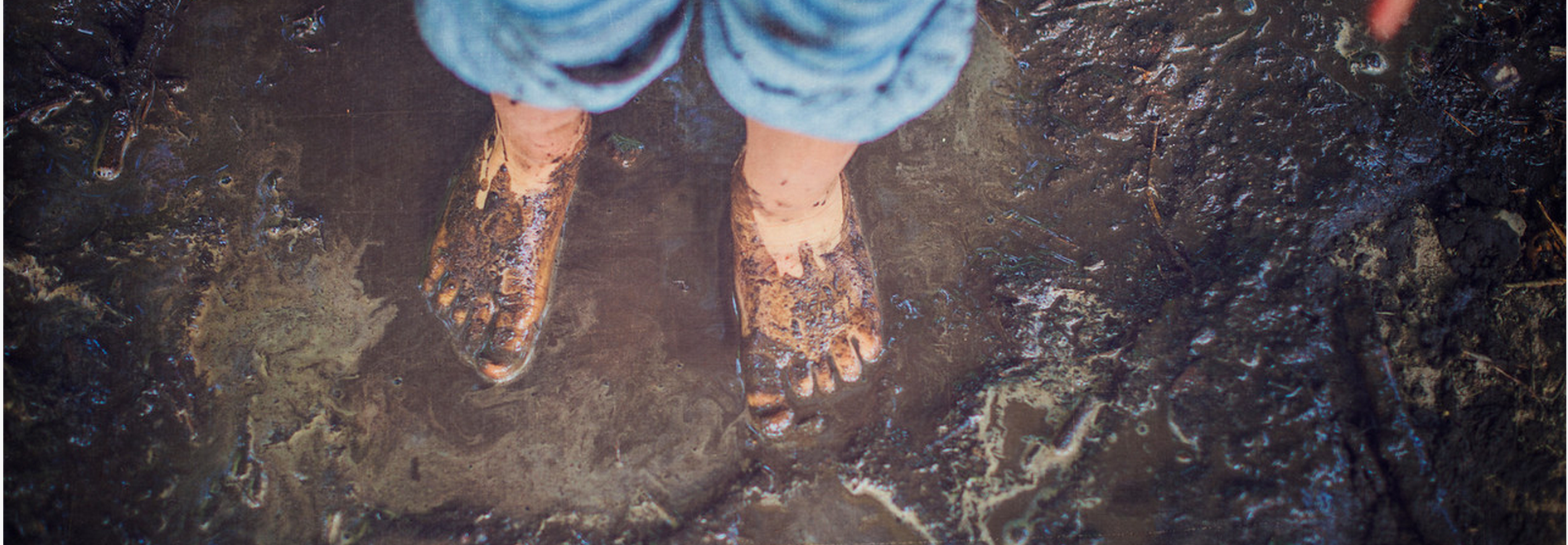Abuela's Weave
-
Age: 3 to 8+
-
Time: 1 hour+
-
Materials: cardboard, rubber bands, objects from nature (fishing next, if you can find one!)
- Skills: Creativity, Focus & Self Control, Fine Motor, Sensory
Weaving is an artistic process that has strong traditional roots for many people around the world and is not only a method of making clothing, blankets and other household goods, but also conveys stories of culture and values. Weaving is also a super engaging activity for young kids. In this activity, kids are introduced to weaving using just a few household materials and objects from nature.
In celebration of Hispanic Heritage Month, and part of our September activity calendar, this activity is inspired by the book Abuela’s Weave by Omar S. Castaneda. We hope this activity and this story can help connect children to Guatemalan culture and landscape.
The Guide
Step 1: Set up your “loom.”
The simplest “loom” we’ve made takes just cardboard and some rubber bands or tightly tied string. Simply cut cardboard into a rectangular shape. Cut small slits every inch or so around the edge. Then, work with kids to put 6-10 rubber bands around the cardboard, slotting them into the slits so they don’t easily come off and snap fingers (ouch!). If you don’t have rubber bands, tie pieces of string tightly around the cardboard in place of the bands.
In Tinkergarten classes, we’ve used recycled fishing nets to create giant looms on which kids can make collaborative weaving projects—so much fun! If you can find them in a craft store or online, they are marvelous! Just weave a dowel or stick through the top and bottom to add a frame and hang from a tree or other structure.
Step 2: Head Outside.
Step 3: Wonder...
Wonder out load, “Do you think we could find some objects from nature to stick onto our cardboard? What objects could we find. How do you think we could make them stick?” Discuss and try to pick up a nearby object and model how you can weave it between the bands or strings on your loom. Remember the book, Abuela’s Weave. Think about the colors Esperanza's abuela used and how she wove her tapestries.
Step 4: Gather and Weave!
Head out to collect nature treasures together. Invite kids to weave their nature objects through the rubber bands. Let kids work at their own pace and weave to your own heart’s content, if you have time. Try to remember that it’s the process of gathering and adding things that matters, not how marvelous the final product is.
Give kids lots of space and time on this one. Kids may want to collect a whole bunch of objects, then do some weaving. They may want to collect-weave-collect-weave. Or, they may transition to other activities after a short while. If you can, leave the loom out for kids to come back to—this kind of activity often builds over time.
Why is this activity great for kids?
Weaving is a super engaging activity for kids and also supports kids’ fine-motor, focus and problem solving skills, all while moving the body and engaging so many different senses.



